As Wolf Hall TV airs in the US, we consider whether this exciting new programme can teach us any valuable history lessons about the Tudors.
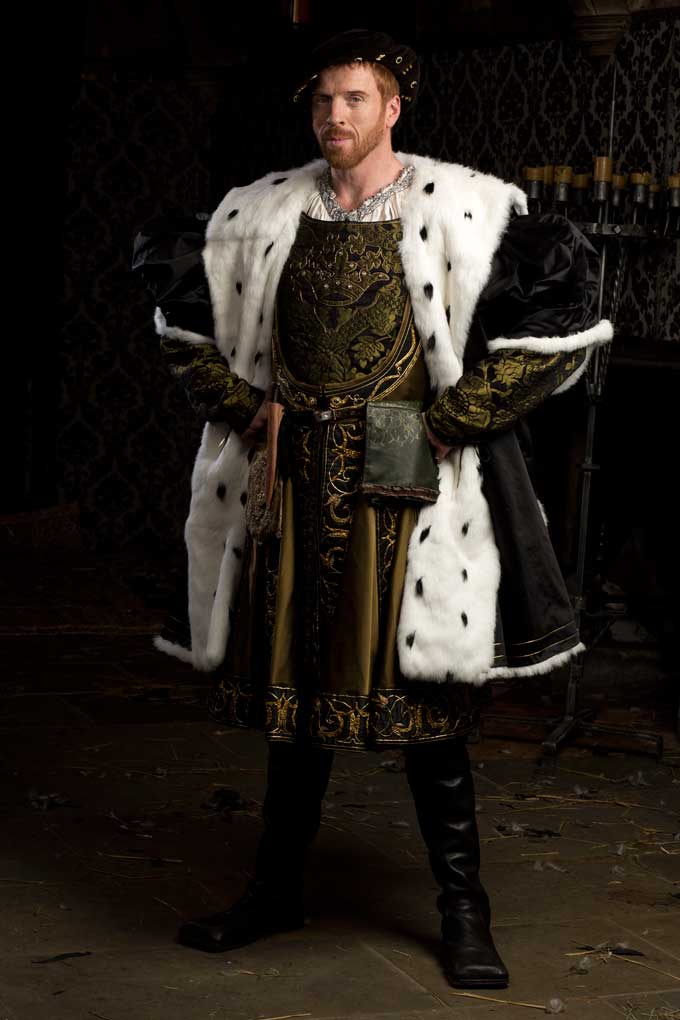
Though the TV adaptation of Wolf Hall may have come under fire from historians for its cast’s arguably unrealistically white teeth, we still enthusiastically received the BBC’s latest show, which is currently showing on Masterpiece/PBS in the US.
Wolf Hall is a TV adaptation of Hilary Mantel’s 2009 Booker Prize winning book of the same name, which was already adapted for the West End, to critical acclaim at the Aldwych Theatre last year.
Set in the period 1500 to 1535, Mantel’s book is essentially a biography documenting the rapid rise to power of Thomas Cromwell (played by Mark Rylance, possibly Britain’s greatest living actor) in the court of King Henry VIII (played by Homeland’s Damian Lewis). While it is of course based on real characters and events, it is a fictionalised drama, and has come up against a wall of criticism for blurring the lines of fact and fiction…
So here we present a pedant’s guide to Wolf Hall, to ensure you don’t fall into the trap of historical error and can sit back, relax and appreciate Wolf Hall as the deftly-written, thrilling period drama it is.
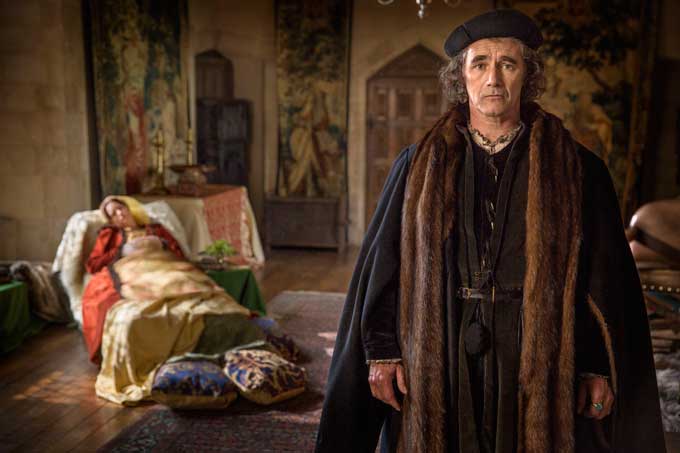
White teeth?
Though critics may be quick to protest that the cast of Wolf Hall have unrealistically straight white teeth, Mantel maintains that darkened teeth and filthy courtiers would have been historically inaccurate. At the time, sugar was yet to become widely available and cleanliness was valued, particularly by those in the Royal Court. BBC2 insists that programme makers went to remarkable lengths to ensure historical accuracy, including trips to Shakespeare’s Globe theatre to learn sword-fighting, lessons in etiquette and bowing, and a comprehensive study on spoons.
Thomas More – goodie or baddie?
In Wolf Hall, Mantel successfully subverts several stereotypes. In particular, she manages to completely overturn previous perceptions of Thomas More, whose portrayal in the 1966 film A Man for All Seasons was one of a saint and a good man with principles he refuses to sacrifice. In Mantel’s novels, he is explicitly a bad character, persecuting Protestants in his wake and generally being manipulative and cruel. Whatever the reality, Mantel’s re-imagining is cleverly done and impressively realistic.
Cod pieces – too small
According to Wolf Hall star Mark Rylance, BBC programme-makers chose to use “very small codpieces” which had to be “tucked away”. Apparently, concessions were made to save the embarrassment of prudish viewers, amid concerns about the taste of modern audiences, particularly in America, who “may not know exactly what’s going on down there”.
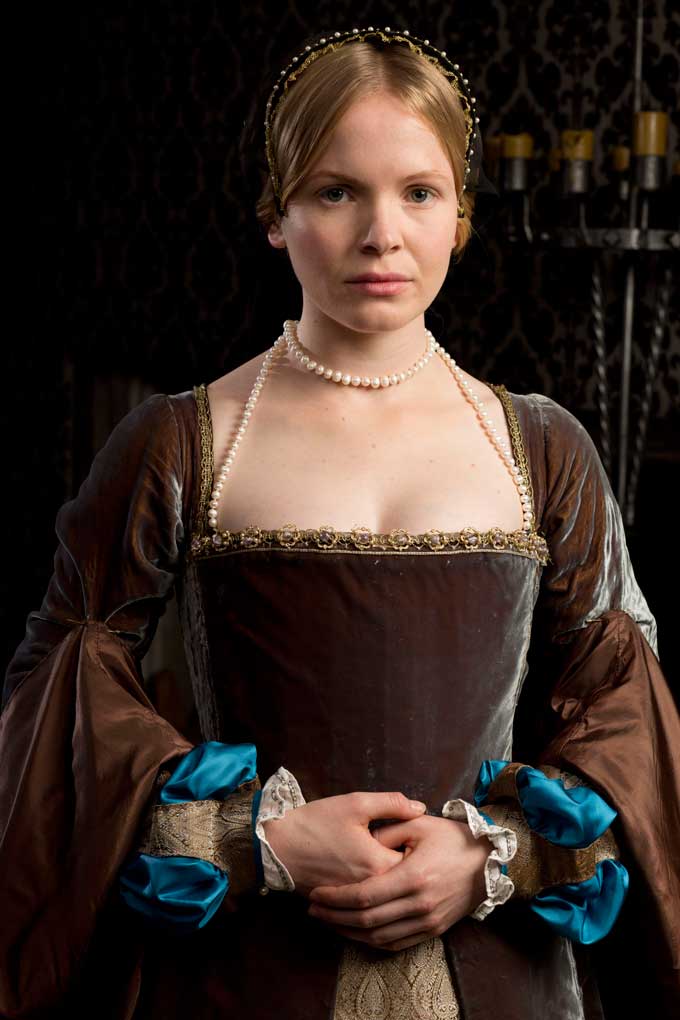
Jane Seymour – no oil painting
Judging by Tudor oil paintings, Jane Seymour was not a natural beauty, even when you take into account ideals of the time. With an undefined double chin and thin pursed lips, the face of the real Jane Seymour stands in strong contrast with the fair complexion of the actress playing her part in Wolf Hall, Kate Phillips. Lucy Worsley, 41, chief curator at Historic Royal Palaces, has suggested that Miss Phillips’ features are possibly too dainty to pass as Seymour. As for the rest of the cast, the accusation has been levelled at the BBC for casting considerably more attractive actors than the real thing. We’ll let you be the judge of that…
Montacute House
Montacute House in Somerset, which was used to portray Greenwich Palace in Wolf Hall, is actually a classic example of the later Elizabethan architecture that emerged during the subsequent reign of Elizabeth I, built in what came to be seen as the English Renaissance style. However, this is certainly one of the finer details that only the proudest pedants and architecture buffs would take issue with.
Henry VIII character traits exaggerated?
Damian Lewis, whose paternal grandparents were both Welsh, told the Telegraph of playing Henry VIII, “I think we all have this understanding that he was this womanising, syphilitic, bloated, genocidal Elvis character. But he had a 32in waist and he remained that way for quite a long time. He was the pre-eminent sportsman in his court. He was much taller than anyone else. His beautiful, pale complexion was often remarked upon by commentators. And so, what I’ve found in Henry, is that the grandiose, more paranoid, self-indulgent, self-pitying, cruel Henry emerged in the period after this series, actually.”
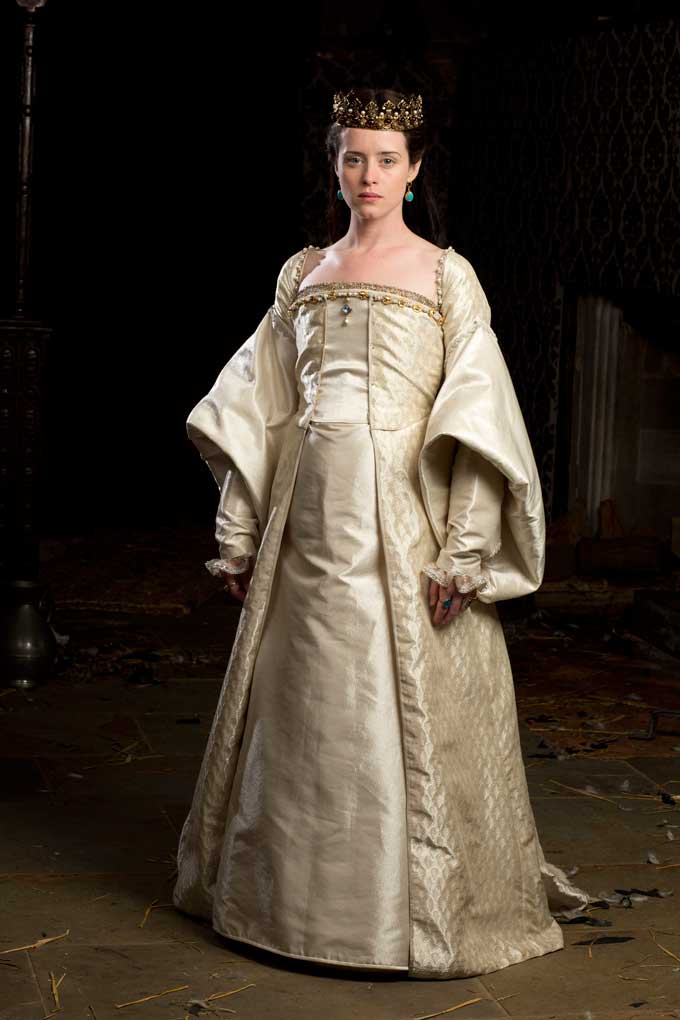
Wyatt’s relationship with Anne Boleyn
In the novel, poet and courtier Thomas Wyatt is “widely believed of being a lover of Anne Boleyn” and Sir Francis Weston, a gentleman of the Privy Chamber at the court of King Henry VIII, comments, “of course, Wyatt’s had her.” In reality, it is thought that Wyatt’s feelings for Anne were unrequited and there is certainly no evidence of a romantic or sexual relationship.
Related articlesDivorced, beheaded, survived… the wives of Henry VIII |
Click here to subscribe! |
Download BRITAIN Magazine to your mobile today

 No mobile device? Purchase directly on Zinio for your desktop!
No mobile device? Purchase directly on Zinio for your desktop!

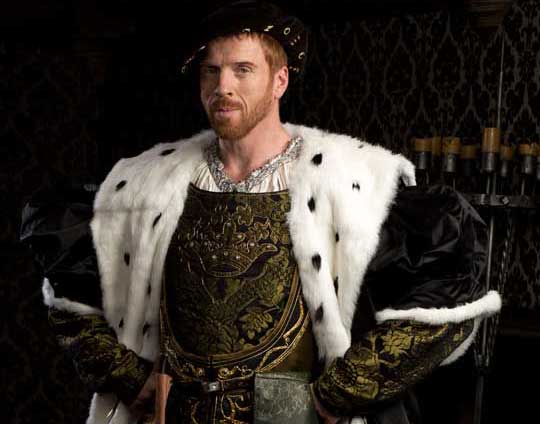




 © 2024
© 2024